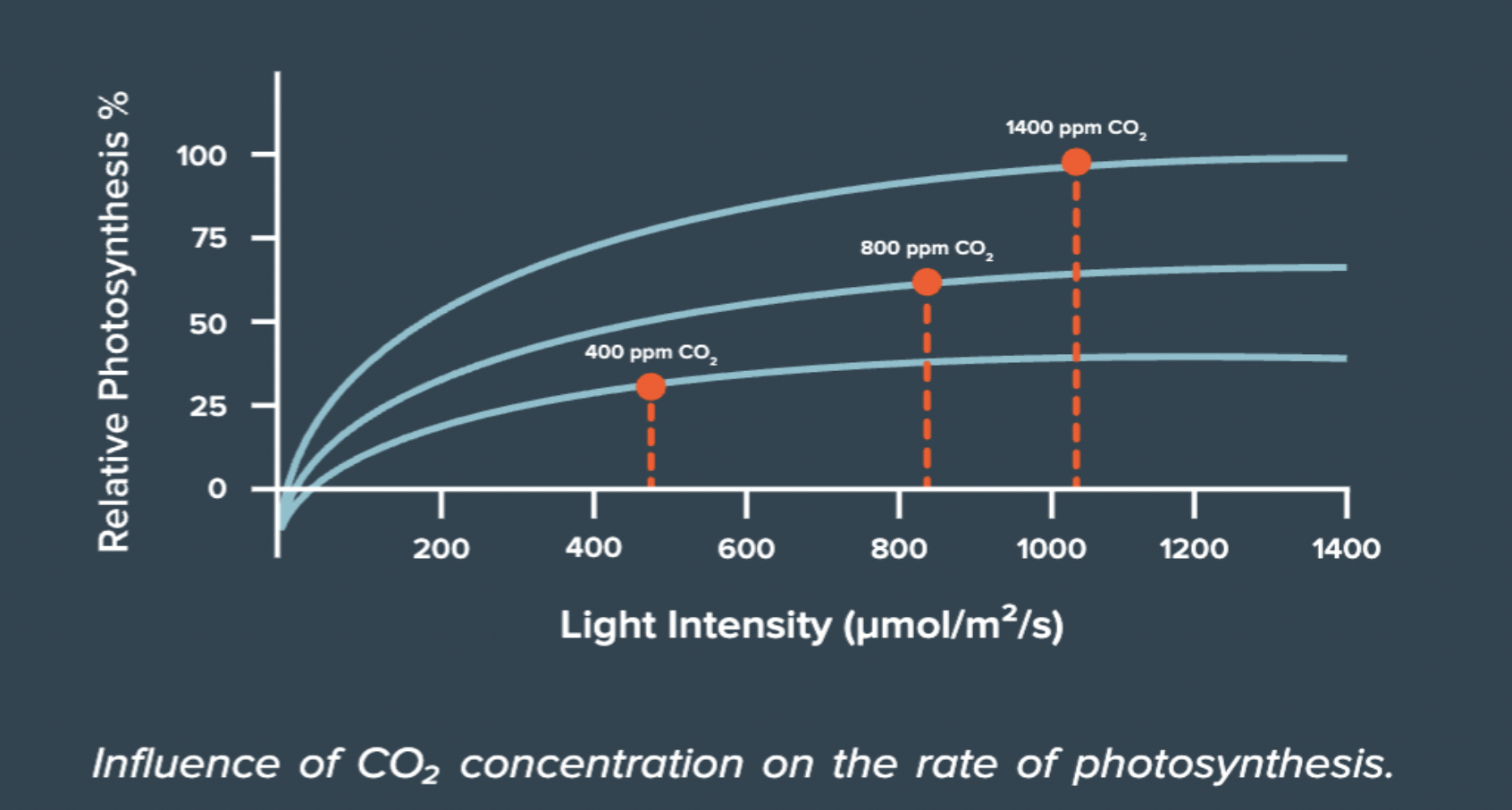It would be less efficient, but would still bring rh up if its a decent size. Also, it totally depends how big and fast your fans are. If youre moving tons of CFM then it wouldnt work as well. People assume the same thing about co2, that the room must be sealed. This is not the case. There is an exhaust on my room dialed down to 35%. They enrich with co2 in greenhouses with intake and exhaust fans. Heres why, if you dont enrich, the plants will literally mine the air down to way below ambient levels, into the 200 range which reduces crop yields like crazy. Often times they enrich just to get to ambient or just above that 450-500ppm mark. This is why anyone and everyone should be enriching with co2 if you grow indoors. The cost/effort is always next to nothing compared to yield increase.
So you're telling me I can use co2 in a room with intake and exhaust and bring it up to elevated levels? I would love to try this but I've never heard of anyone doing it other than in a sealed room





